7 Steps to Establishing a Family Vision and Expectations
May 30, 2023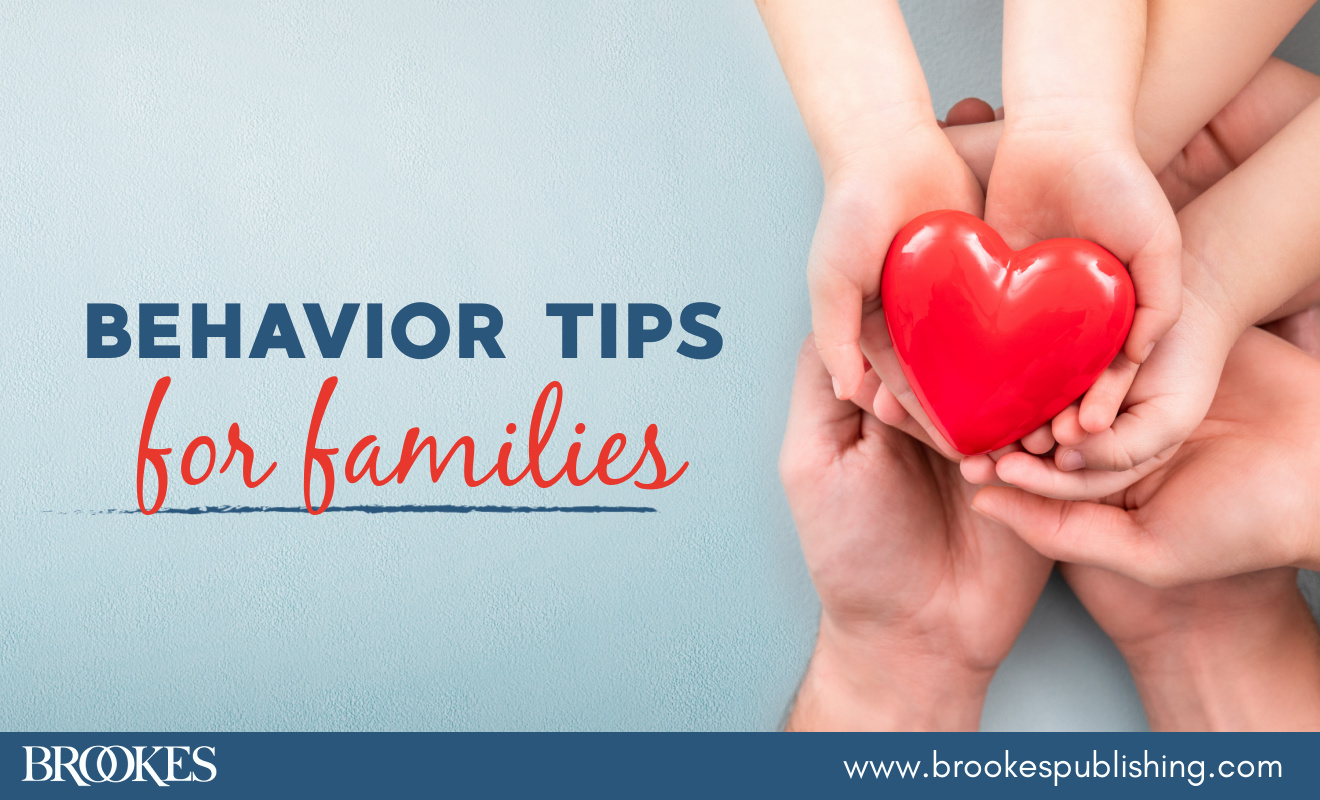
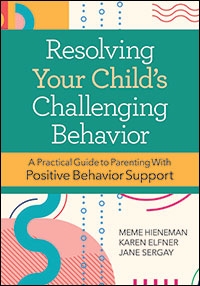 Clarifying goals and expectations for children’s behavior is an important prerequisite for improving behavior in schools—and the same is true for families. Share today’s post with the families you work with, and help them implement a key step in the positive behavior support (PBS) process: establishing a vision statement and expectations for their family to follow. Adapted from the guidebook Resolving Your Child’s Challenging Behavior, Second Edition, by Meme Hieneman, Karen Elfner, & Jane Sergay, these ideas will help parents guide actions and set limits for all family members.
Clarifying goals and expectations for children’s behavior is an important prerequisite for improving behavior in schools—and the same is true for families. Share today’s post with the families you work with, and help them implement a key step in the positive behavior support (PBS) process: establishing a vision statement and expectations for their family to follow. Adapted from the guidebook Resolving Your Child’s Challenging Behavior, Second Edition, by Meme Hieneman, Karen Elfner, & Jane Sergay, these ideas will help parents guide actions and set limits for all family members.
 Determine how you want your family to function.
Determine how you want your family to function.
The first step in integrating PBS into your home is to decide how you’d like your family to function. Ask questions such as:
- What is important to us as a family?
- How do we see ourselves as a family?
- What principles guide our actions?
- What do we like about our family?
- What would we like to change?
Create your vision statement.

Next, summarize answers to these questions into a statement that describes what you perceive to be a successful family. For example, your vision statement might say we want to be happy, healthy, and productive; we want to live peacefully together; or we want to strive to be our best.
Your vision is a statement of purpose. It defines who the family is and provides a guidepost on which you can assess your satisfaction with your family life and identify concerns. This vision should be determined with input from the entire family—not only the adults—and take unique characteristics and needs into consideration (e.g., ages of children, community in which you live, personal values and needs). Based on this vision, you can then establish expectations for behavior.
Set broad expectations that apply to everyone in the house.
These expectations should apply to parents as well as children in almost every situation. Expectations should state behaviors you desire, rather than behaviors that should be avoided, and describe each behavior in clear terms so that all family members understand what is expected. For example, a family’s expectations may be:

As a member in this family, you will:
1) be kind and respectful to other people
2) take responsibility for yourself and your things
Ask yourself questions like, “What must family members say or do to follow the expectations and rules?” and “What might family members do to break them?”
Clarify what rules mean in different circumstances.

In addition to broad expectations that apply to all family members in most circumstances, clarify to children what it means to follow a rule in particular circumstances—especially circumstances that can be difficult for the entire family. For example:
- At dinner, everyone must use the utensils appropriately, remain seated at the table until everyone has finished their meal, and clear the plates when finished eating prior to getting dessert.
- If you want to have at least 15 minutes in the bathroom each morning, you need to wake up by (time) and be ready to use the bathroom in order of the time each member of the family needs to leave the house.
- We can enjoy our family outings if we do the following: talk quietly when in a restaurant, stay with family members at a store, respond politely to greetings of others.
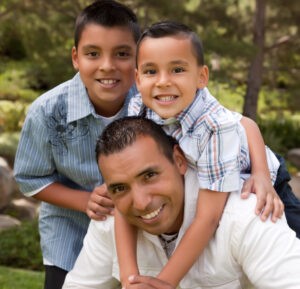 Determine the responsibilities of each person.
Determine the responsibilities of each person.
Families can reduce conflict and improve their efficiency and consistency in getting things done when responsibilities are made clear. It’s important to determine which family members will take responsibility for paying the bills, grocery shopping, taking care of the pets, cleaning various rooms of the house, and so forth. Whenever possible, household chores and other activities to keep things running at home should be shared.
Explicitly teach positive behaviors.
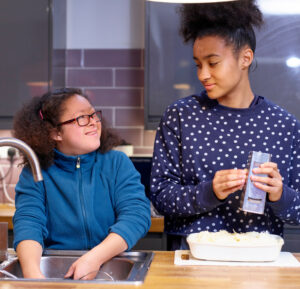
It’s not enough to establish expectations and rules; the behaviors need to be taught (especially to young children). Teach family members to follow expectations by providing opportunities to discuss and practice the expected behavior. You might discuss expectations and rules at the dinner table or a family meeting and ask children to give examples of actions associated with following expectations and actions that would constitute rule breaking. As children become older, discussions might include more complicated issues, such as family cooperation, relationships, and moral dilemmas.
Write down your family’s vision and/or expectations and post them in a common place (e.g., refrigerator) for all family members to see. If there are small children in the family, they may understand the list better if pictures are posted to illustrate the rules (a picture of two hands holding each other as a symbol to remind children to be gentle).
Model the behavior you want to see.

Possibly the most important way to teach expectations is to demonstrate the expectations yourself—making sure you follow the rules and model the behaviors you want to promote in your family. Modeling behavior that aligns with the expectations is a subtle way of pointing them out. For example,
you might say things such as, “I had better get my chores done before I watch television” or “I lost my temper and yelled; next time, I will walk away and calm down before talking to you about what is bothering me.” After you have taught expectations, rules, and behaviors, model and discuss them often and praise family members when they follow them.
***
Share today’s post with the parents you work with, and help them set clear goals and expectations for family behavior. And for a comprehensive, up-to-date PBS guide, point parents to the guidebook behind today’s blog post!


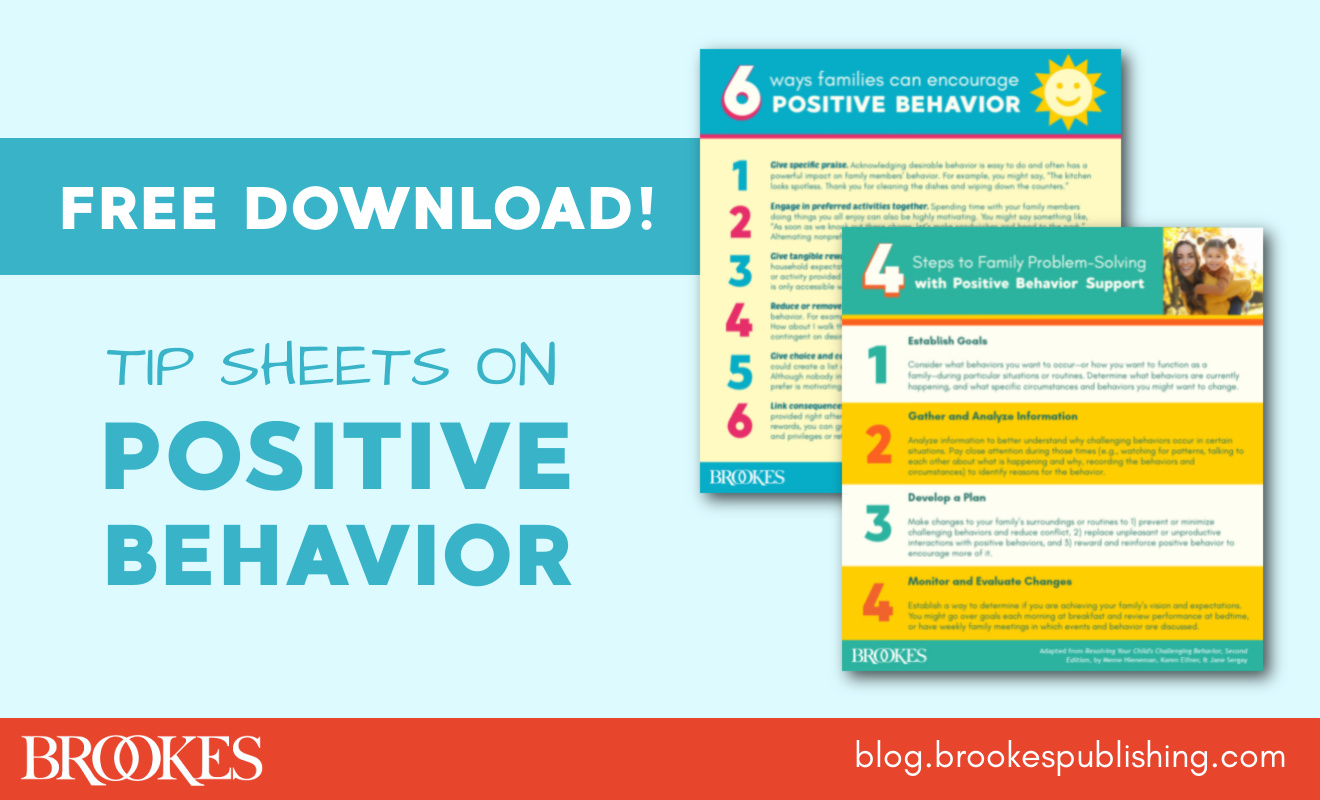
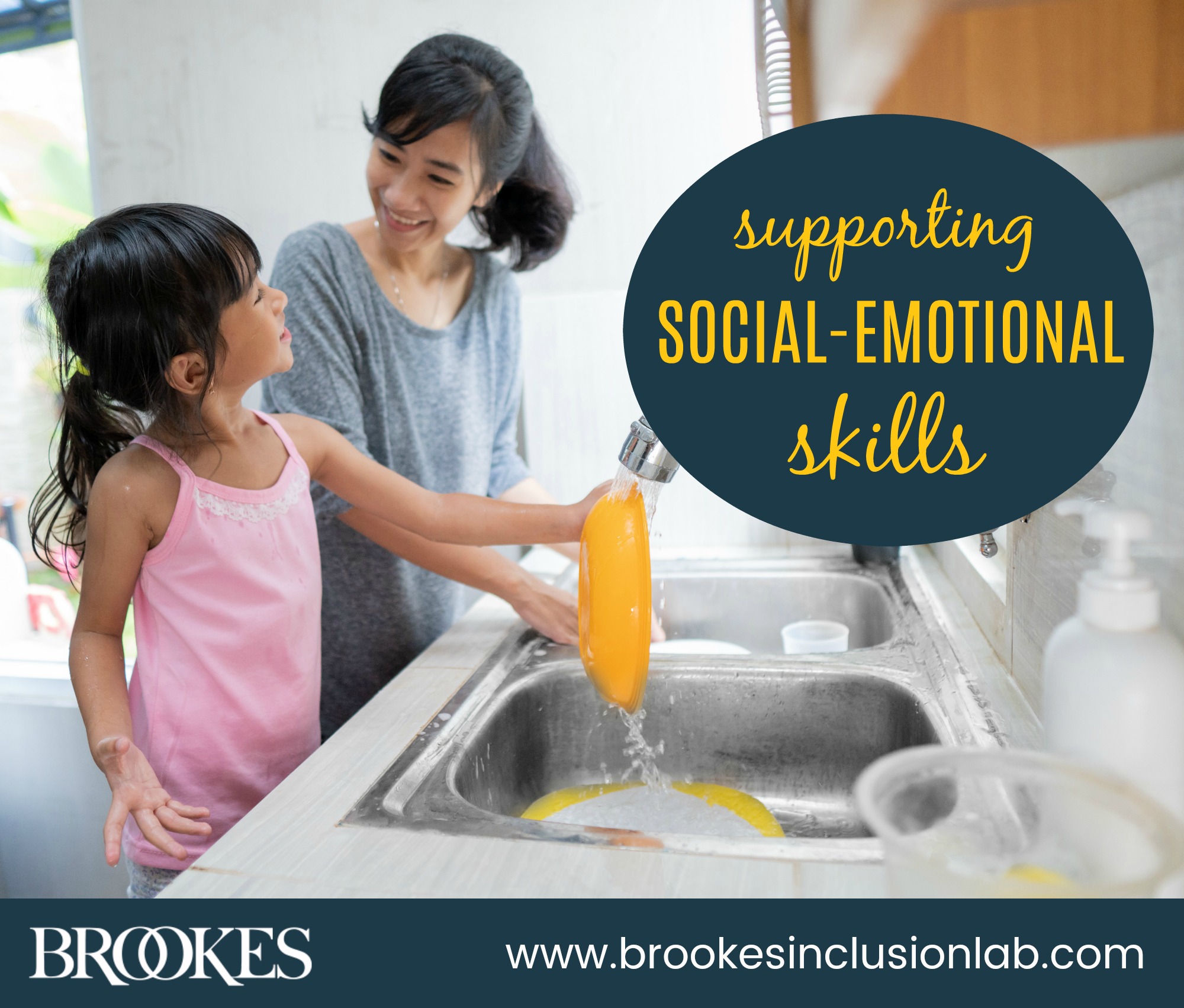
Write a Comment
Your email address will not be published. Required fields are marked *
Post a Comment